The new National Building Code of Canada (NBCC 2005) was released on September 26 of last year, but it’s already in effect on federal and provincial work sites. And with a 10-year gap since the last building code revamp in 1995, new issues have taken centre stage in the revised code. Andrew Metten, a structural engineer with the Bush, Bohlman and Partners engineering firm, presented a seminar entitled ‘The New Building Code: Structural Design for Architects’ last week to architects gathered from across the country for the Royal Canadian Institute of Architecture’s Festival of Architecture 2006 conference in downtown Vancouver.
FESTIVAL OF ARCHITECTURE
Increased emphasis placed on post-disaster structures
Staff Writer
The new national building code is toughening up new buildings to prepare for both disasters and everyday wear and tear, but enforcing the new rules will start on the drawing board of the architects designing the structures.
The new National Building Code of Canada (NBCC 2005) was released on September 26 of last year, but it’s already in effect on federal and provincial work sites. And with a 10-year gap since the last building code revamp in 1995, new issues have taken centre stage in the revised code. Andrew Metten, a structural engineer with the Bush, Bohlman and Partners engineering firm, presented a seminar entitled ‘The New Building Code: Structural Design for Architects’ last week to architects gathered from across the country for the Royal Canadian Institute of Architecture’s Festival of Architecture 2006 conference in downtown Vancouver.
One of the most notable changes is an increased emphasis on proper seismic preparedness for a more far reaching subset of buildings, classified as ‘post-disaster’ structures, one of four different ‘impact’ categories.
“It’s a huge rewrite of the seismic code,” Metten said.
The other categories are ‘low,’ a rarely used category, ‘normal,’ which includes most residential buildings, and ‘high,’ which until recently included schools. Recent disasters such as Hurricane Katrina demonstrated that in times of crisis, people will gather in public buildings such as schools and community centres, which have also been reclassified.
“However, arenas are still not classified ‘post-disaster’, even though people gathered at the Houston Astrodome after Katrina,” he said.
Besides classifying the buildings themselves, the code has also taken into account and tightened up requirements regarding irregularities with buildings.
“There are more restrictions of irregularities in high seismic zones, such as Vancouver,” Metten said.
Buildings such as podium-style structures are now much more restricted, and buildings with a high amount of vertical stiffness cannot be classified as post-disaster structures, he said.
Plane discontinuity, such as parking garages that jut out past a main structure, are also facing higher restrictions, as are low ductile buildings, such as tilt-up constructions or reinforced masonry buildings.
“But that makes you wonder if we’ll have to have wooden fire halls,” Metten quipped.
In terms of design, architects and engineers will have to adapt to a new emphasis on dynamic analysis. Previous codes put static analysis front and centre, but the 2005 code makes dynamic analysis the default when determining the soundness of a new building.
“Static analysis is still permitted for buildings in zones of low seismic risk,” Metten said.
The collective impact of these new changes means building forms will be altered, and the new structure restrictions will impact the architectural options in high-risk seismic zones, he added.
Seismic preparedness is not the only condition addressed by the new code. Protection against snow and rain has also been revamped, along with considerations of wind load. Other factors, such as upwind terrain, are now also included in the code.
“That’s never been done before in a Canadian code,” Metten said.
Reductions are now made in the code requirements if a structure is in suburban, urban, or ‘rough’ terrain, and hence protected to an extent from direct gusts of wind.
Exposed terrain, on the other hand, must have higher cladding loads, which also means more exterior studs, Bennet said.
“This used to be governed by deflection, but now it’s strength control, which means more studs, and might also mean a higher stud size,” he said.
One of the keys to getting on top of the code is for a structural engineer to be involved much earlier in the planning stages, he said, but all the changes to the code will require some time for the industry to adapt.
“It will take all of us a while to get up to speed, but don’t assume what worked under the 1995 code will work under NBCC 2005,” he warned.



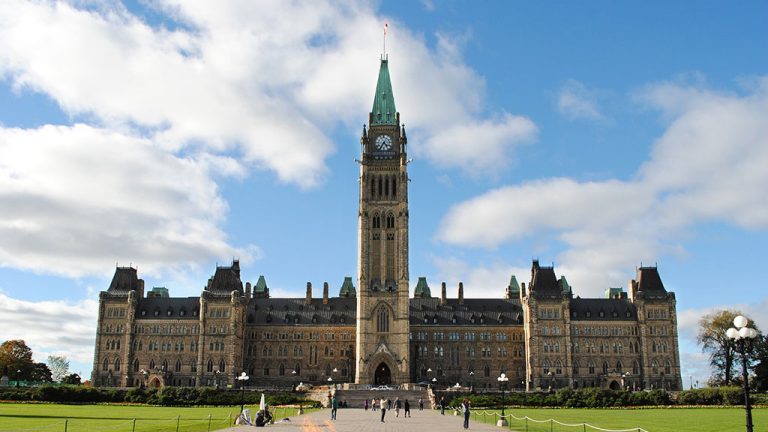

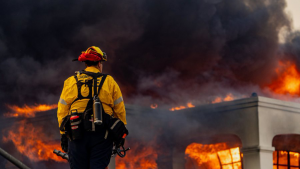

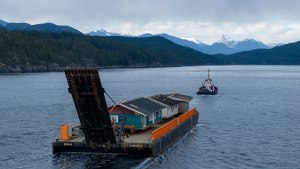
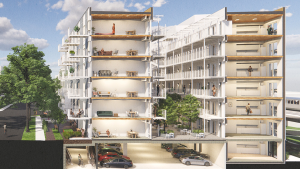

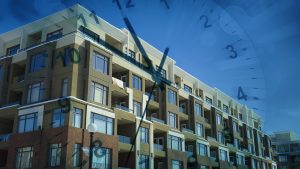
Recent Comments
comments for this post are closed